Latte, cappuccino, flat white… Milky espresso-based coffees are so popular, and that’s just because they’re comforting, filling and delicious.
The cool thing is that, these days, anyone can easily make those at home—any appliance shop offers a decent range of home espresso machines, even on a low budget. If this is you, keep this recipe handy because it’ll help you bring the best of our blends or decaf coffees.
Here’s our step-by-step guide (or jump onto this guide’s Frequently Asked Questions):
Gear
• Espresso machine
• Grinderℹ︎
• Scales
• Timer
• Tamper
• Cup(s)!
Goods
• 22g of espresso blend or decaf beans✎
ℹ︎: If you don’t have a grinder, that’s OK! You can always use pre-ground coffee, though we recommend freshly ground because it does elevate the flavour of each brew.
✎: If you prefer to drink your espresso black or ‘solo’, we suggest you follow our guide on how to brew espresso (single origin).
-
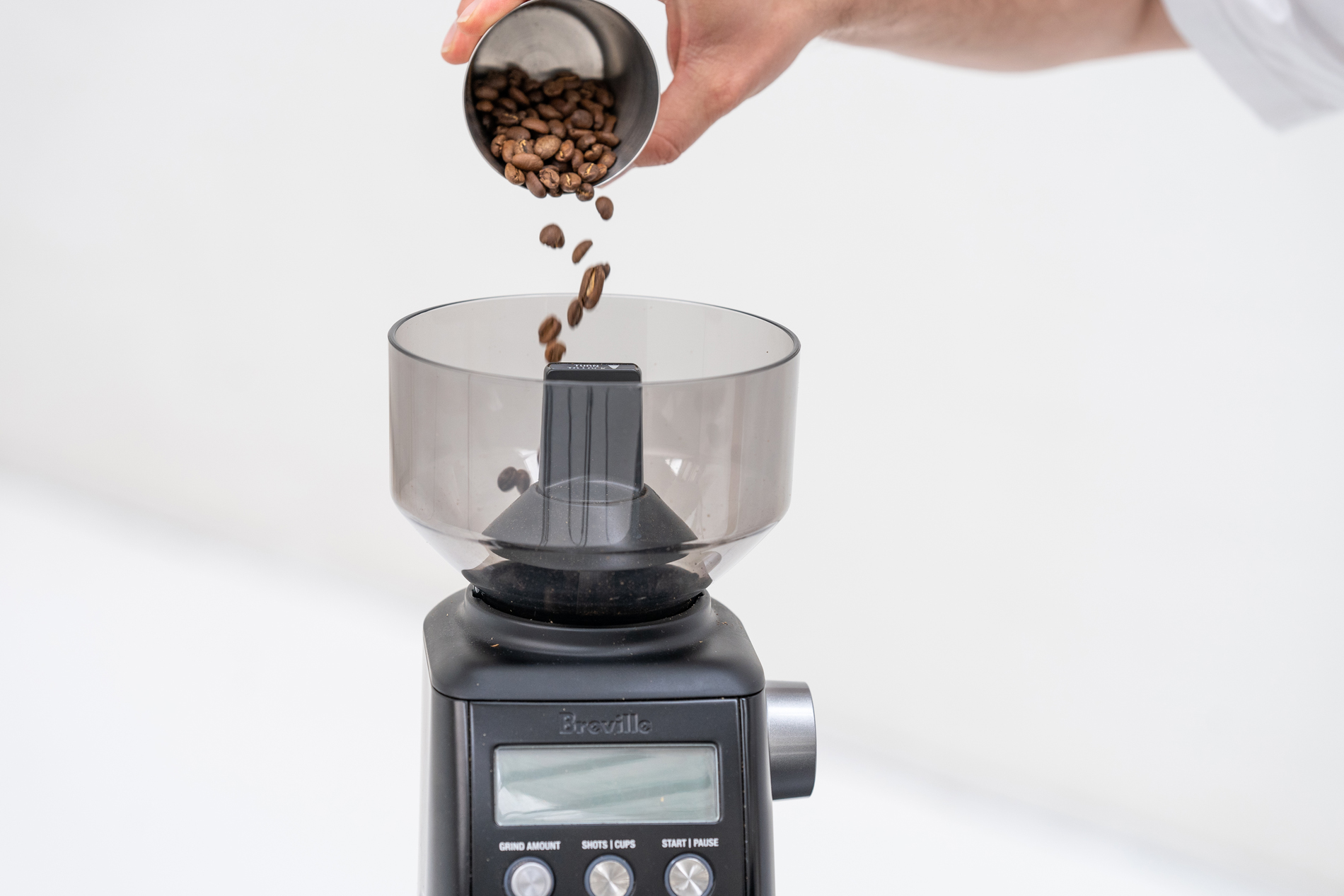
Grind 22 grams of coffee beans and place them into your basket.
Some home coffee machine baskets don’t take this amount. If this is your case, you can start with what fits most comfortably in your basket and take note of the dose’s net weight.
-
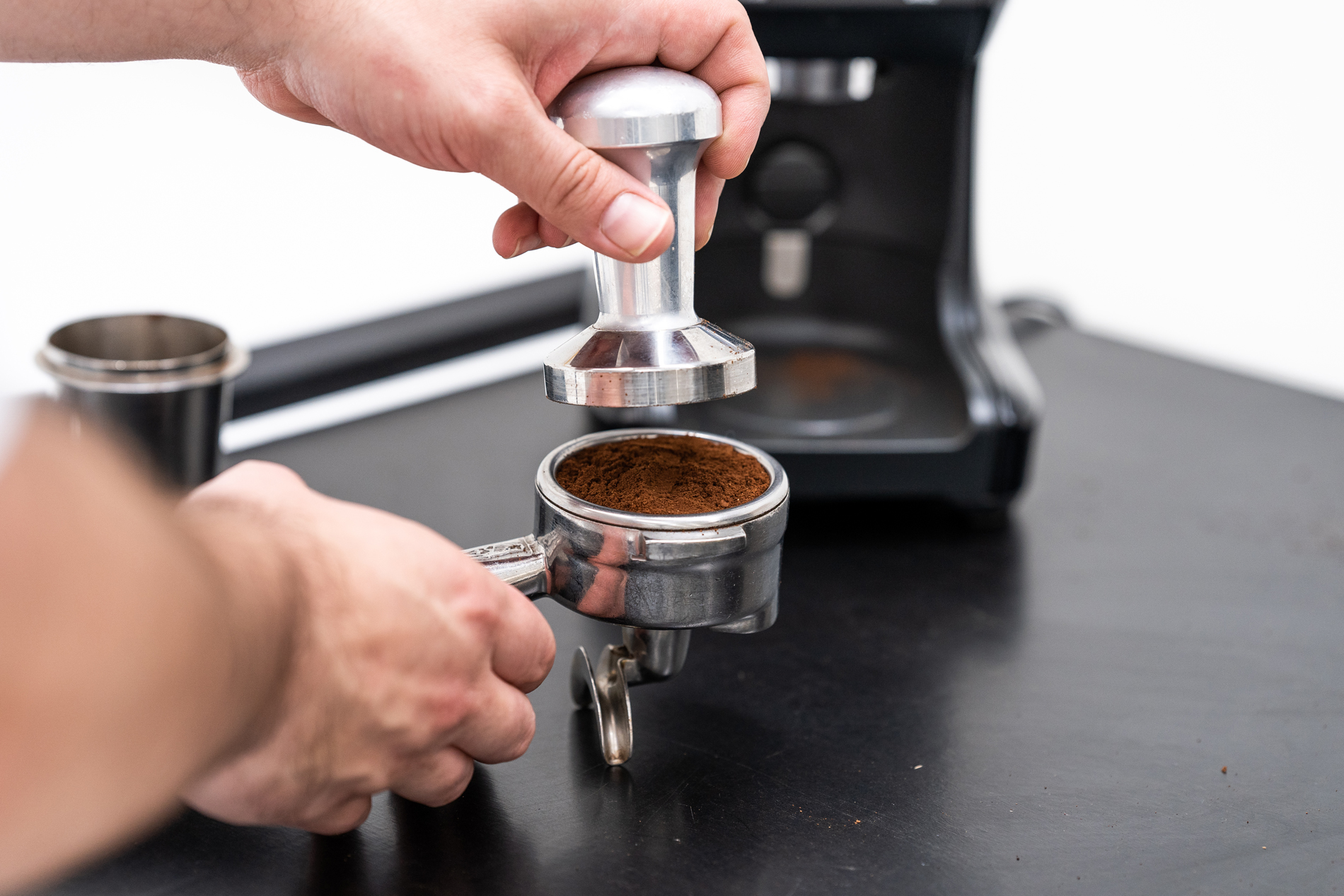
Distribute into an even surface and tamp.
When you tamp the coffee into the basket, never do it too hard, or you will likely press it down irregularly. Push it down until you feel a natural resistance. Double-check that the final surface is flat.
-
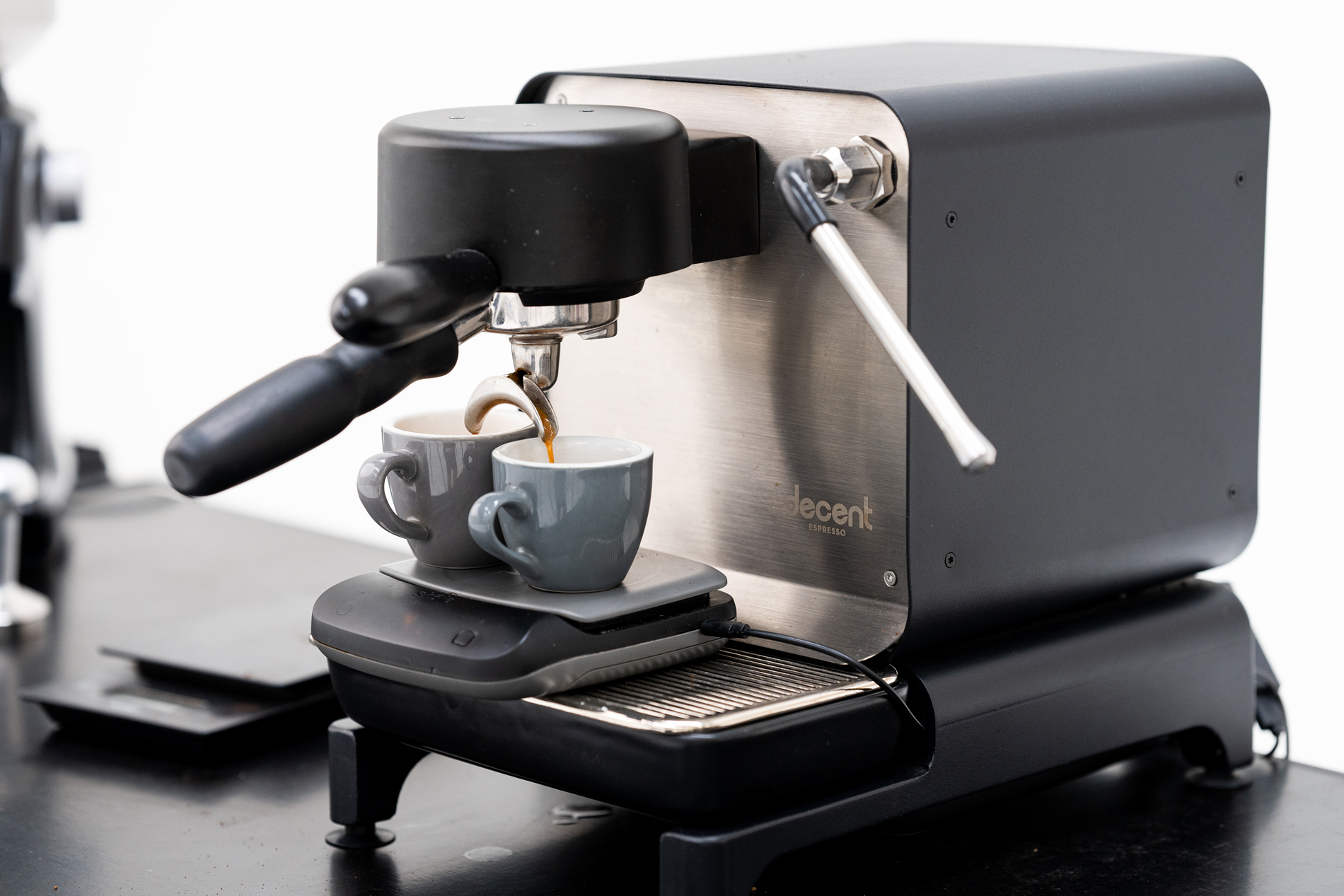
Place the portafilter in the group head and start the shot. We aim for 46-48 grams of espresso coffee out during 26-32 seconds.
If your dose was different from our recipe, now is the time to use the dose value you noted and do some calculations (see notes below).
Optional: milk steaming
-
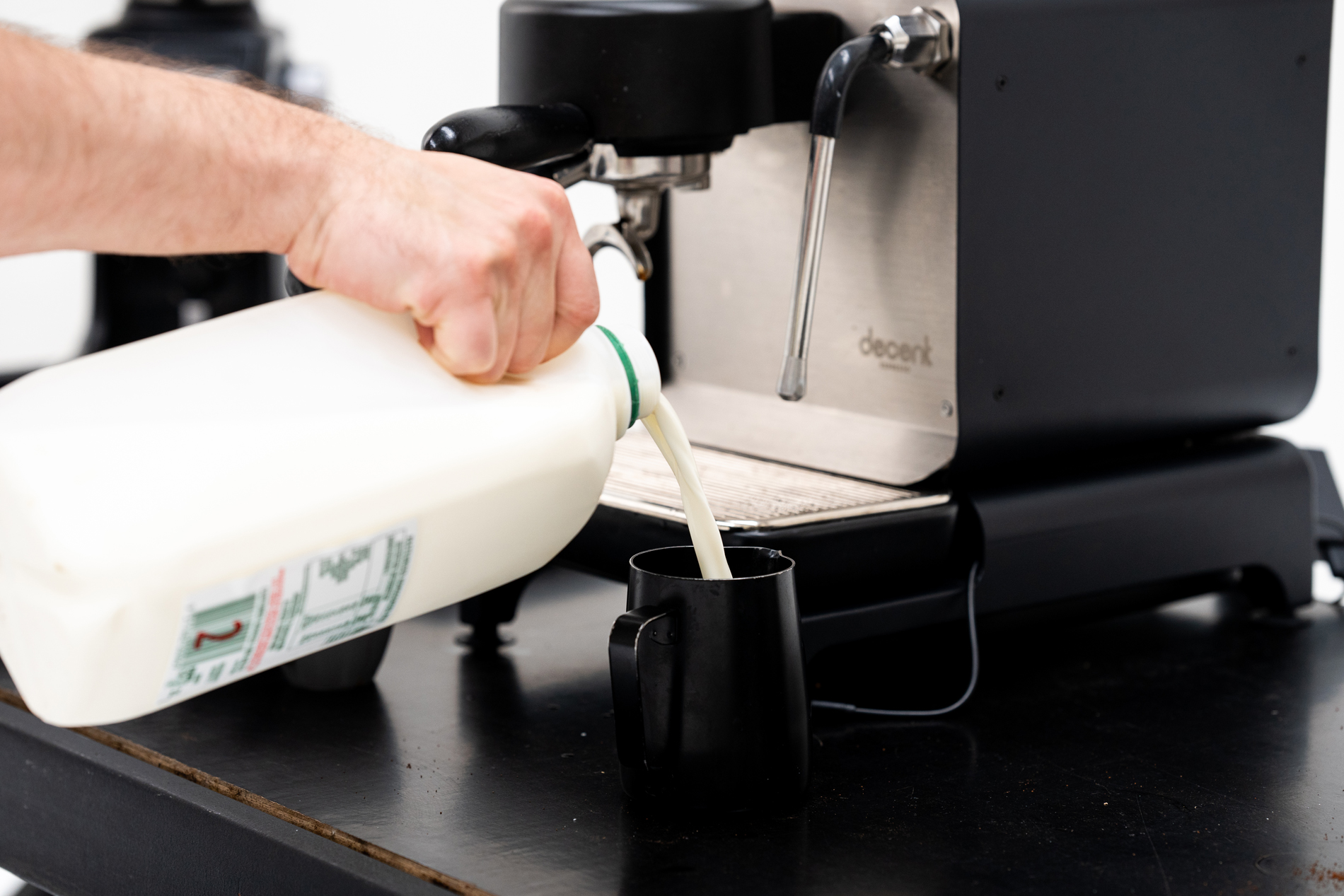
Fill your favourite milk into a jug, just underneath where the spout of the jug starts to extend outwards.
-
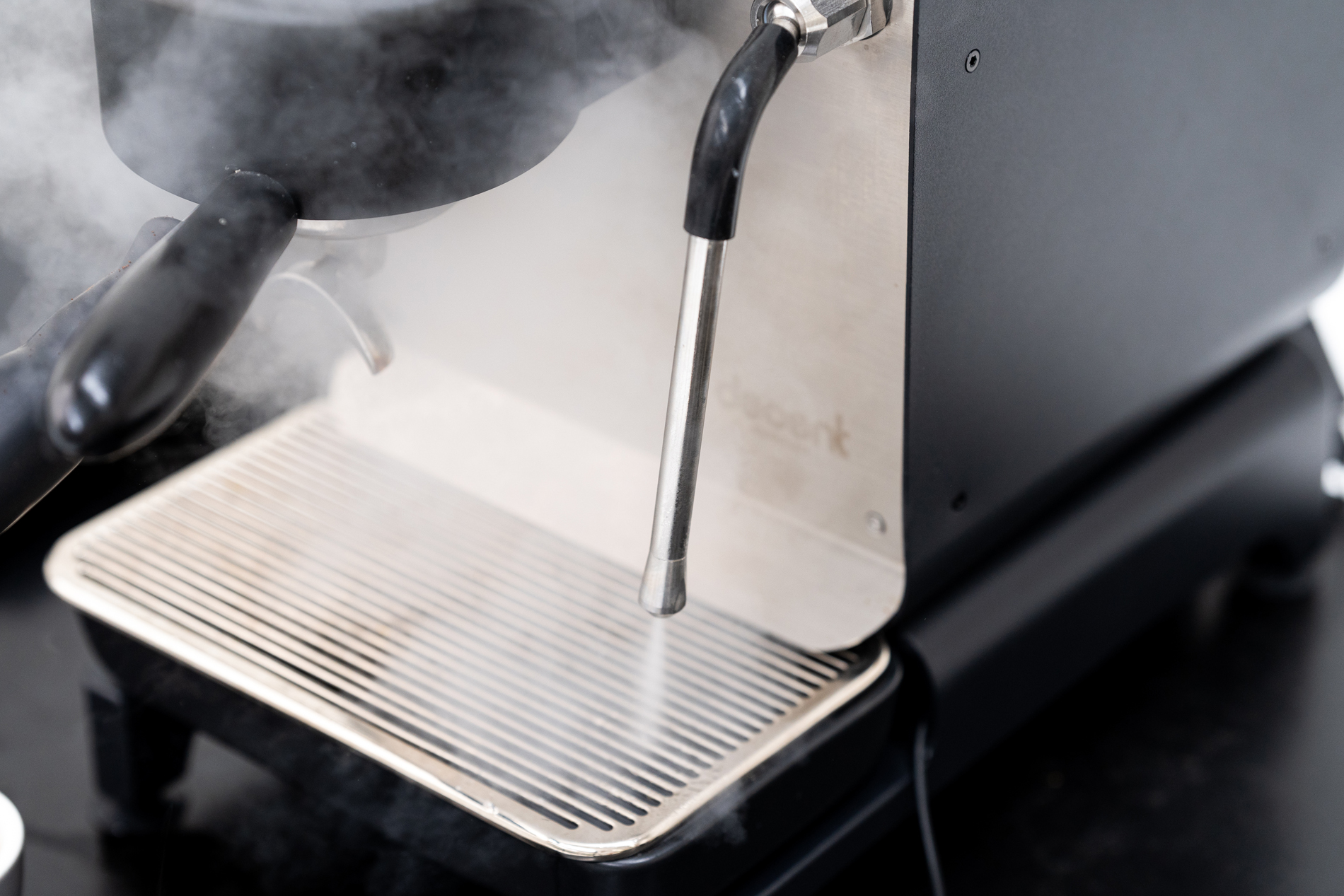
Purge your steam wand by turning it on for a few seconds.
This will clear out any water in the line and give you a glossier texture of milk
-
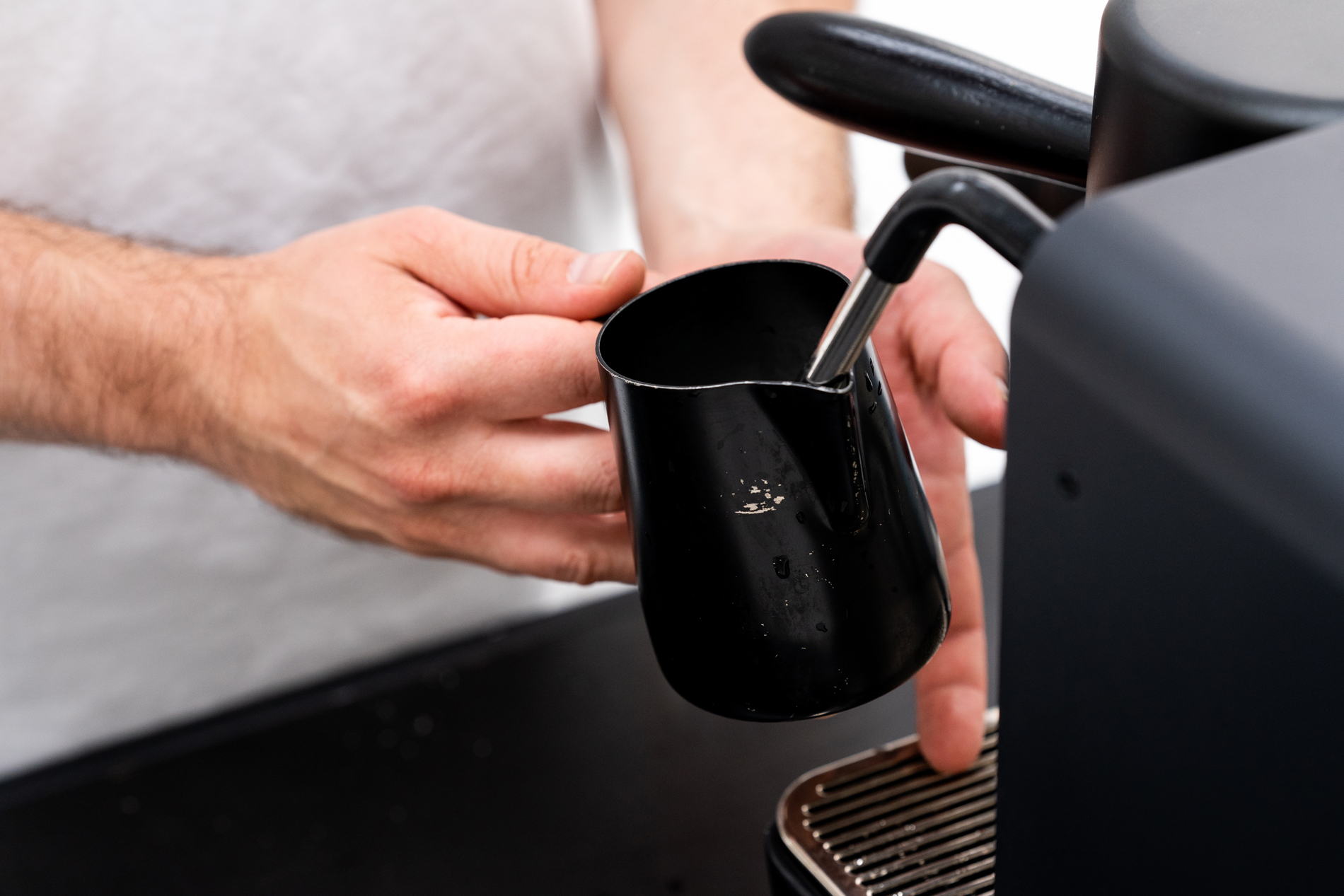
Slide your milk jug in along the steam wand and position the steam wand so it is off to one side.
-
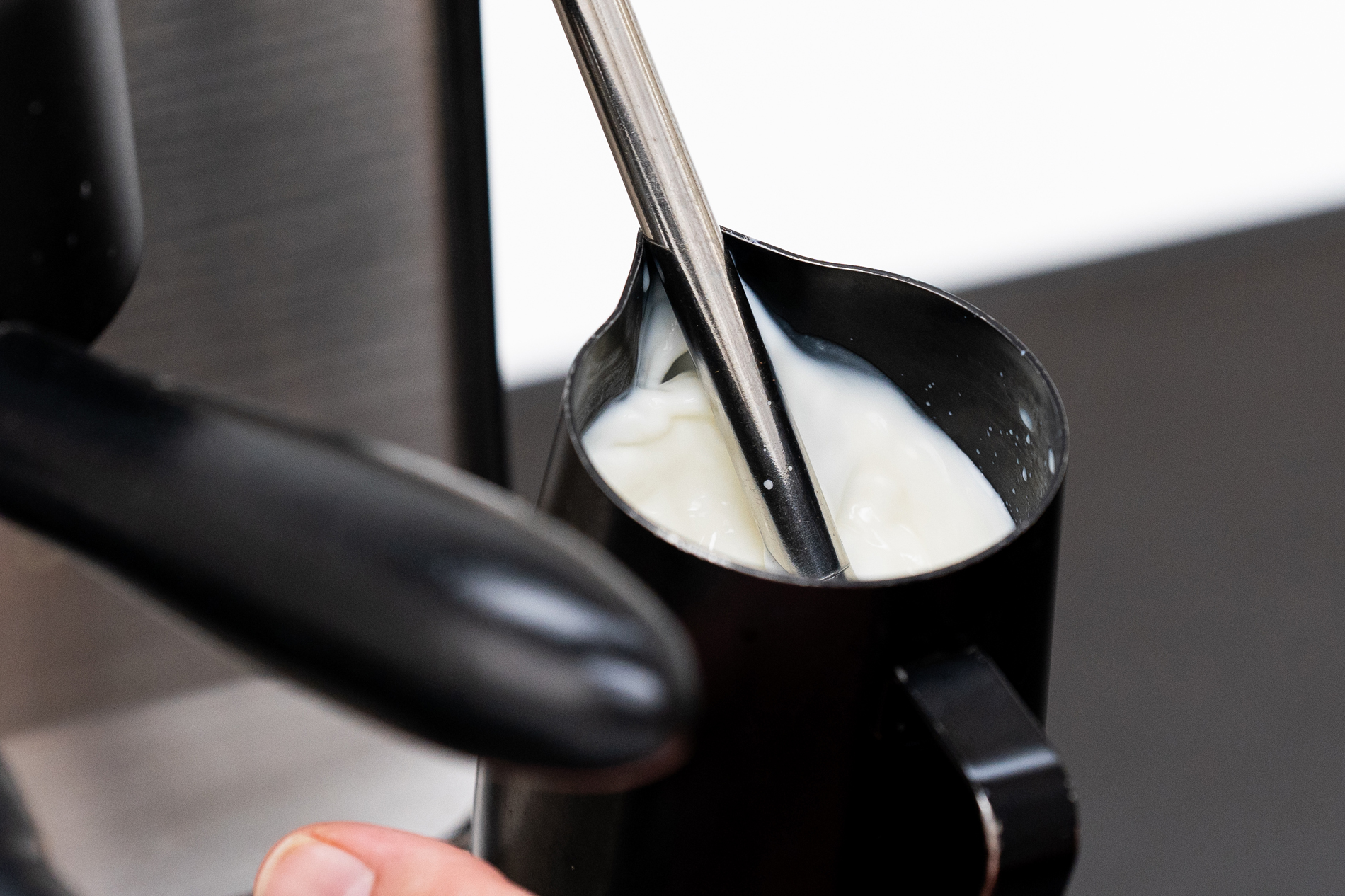
Turn on your steam wand and gently introduce air to the milk for a few seconds. Once the milk is no longer cold, position the jug so the milk can spin in one direction.
Once the jug is just too hot to touch, turn off your steam wand.
-
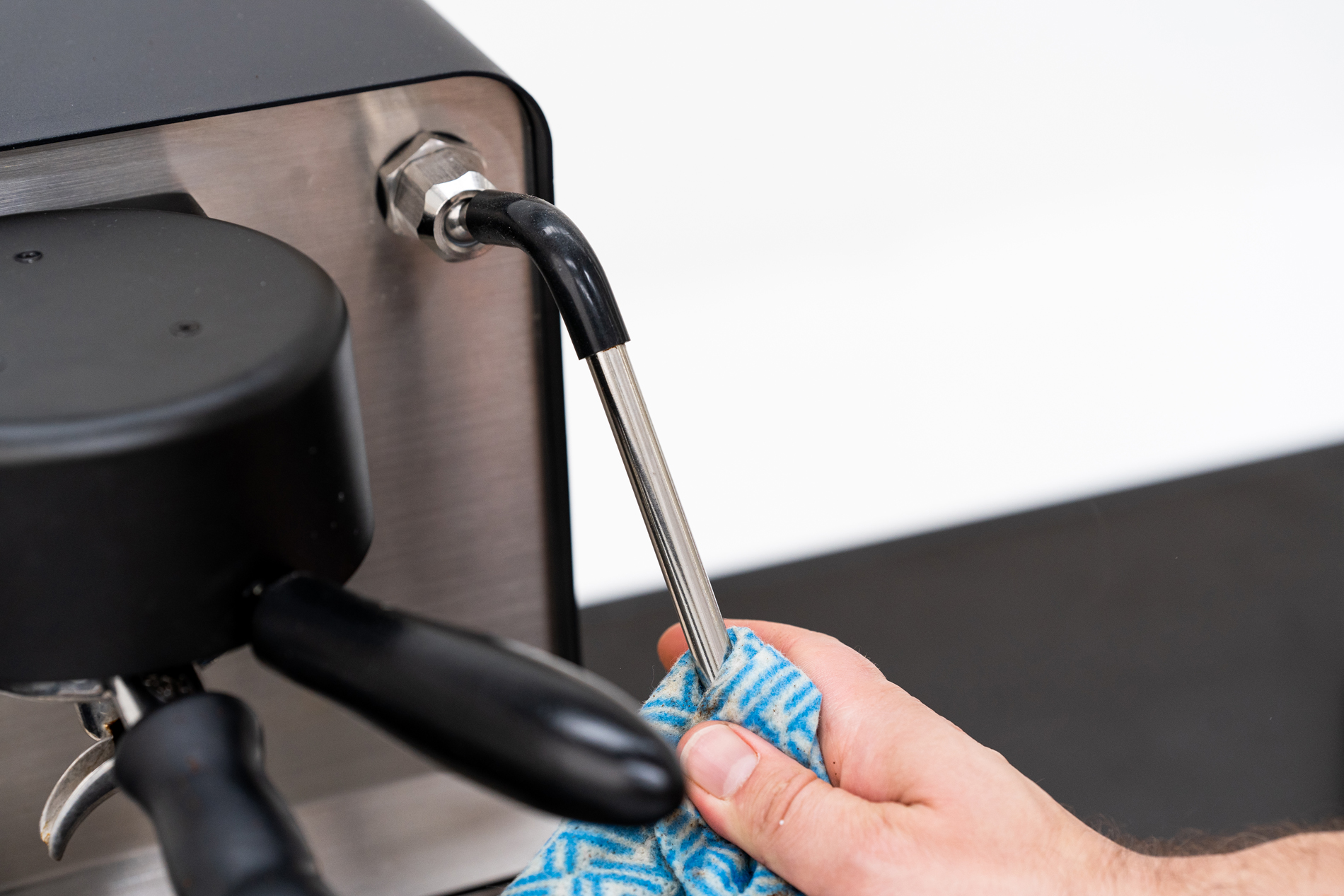
Give your steam wand a clean with a cloth and turn on for a few seconds to purge the milk out.
-

Pour your best latte art and enjoy!
Notes & tips
dose:yield:time
Most baristas talk about their espresso recipes in this way. For example, the recipe we went through above may be simplified to 22:46:28 (22g of ground coffee (dose) : 46g of espresso brew out (yield) : 28 seconds total brew time). These are the parameters we play with to achieve the espresso we dream of.
Measure, taste, adjust, repeat.
Measuring the parameters above is essential for understanding our brewing process and introducing changes. That’s why having scales and a timer is essential in your journey towards delicious and consistent coffee. That being said, you can brew without them, but making an awesome coffee may just be luck of the draw.
Scale it up or down using a 1:2 dose: yield ratio.
This is our general recommendation for brewing espresso using our blend or decaf beans. For example, if your dose is 19g, the target yield will be 38g (double the dose).
The total brew time is always 26-32 seconds.
If it extracts under that time (shorter), and it tastes sour and salty, grind the coffee finer. If it extracts over that time (longer), and it tastes ashy and rough, grind the coffee coarser.
Each home grinder is different; play around.
The best results will be achieved with freshly ground coffee, but it’s hard to give exact size recommendations because each home grinder is different. We suggest you play around and keep an eye on the parameters above until you find your perfect number.



